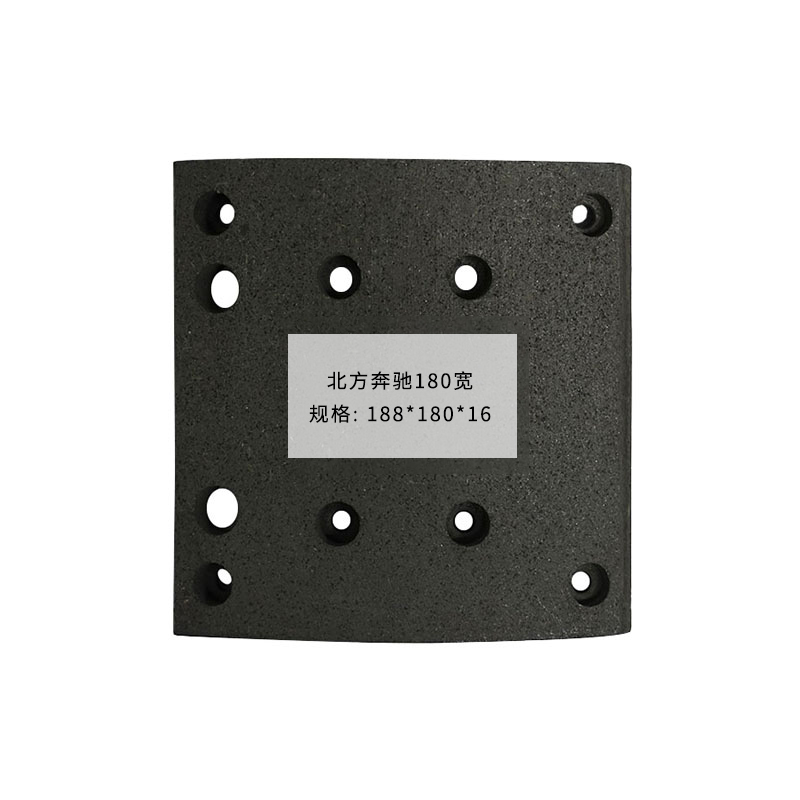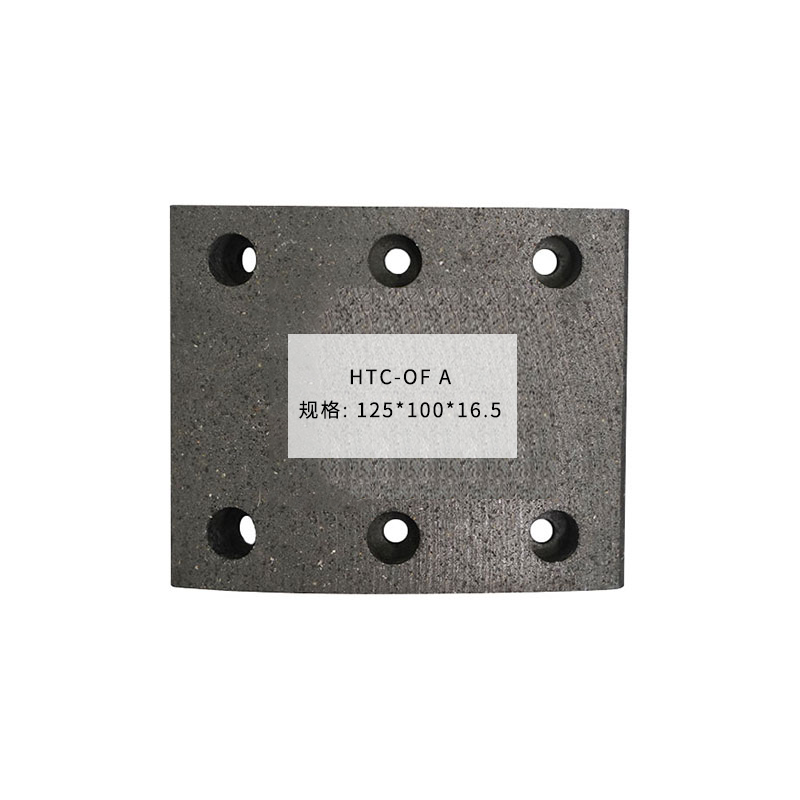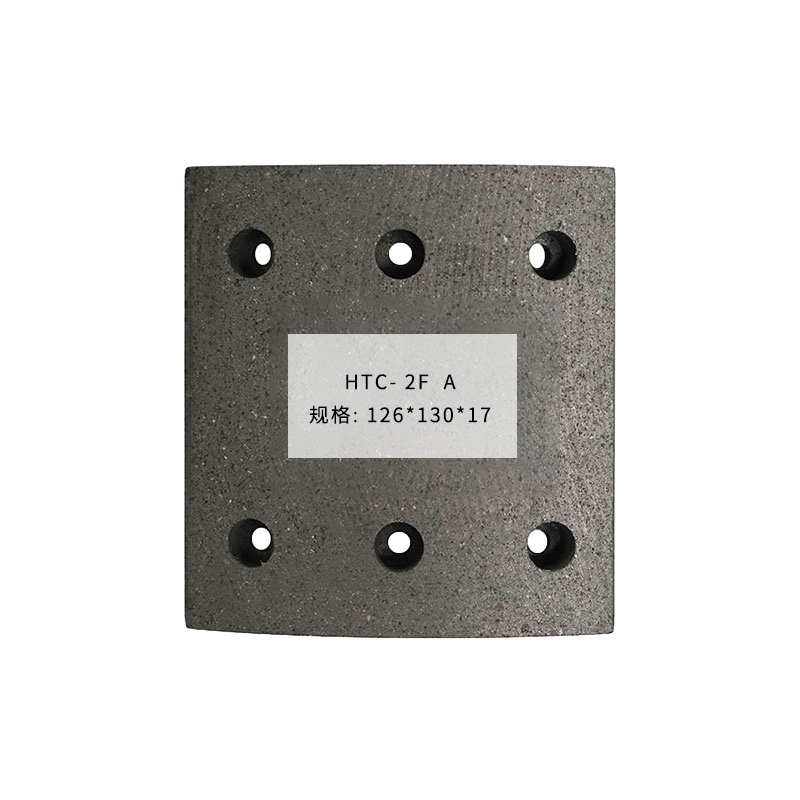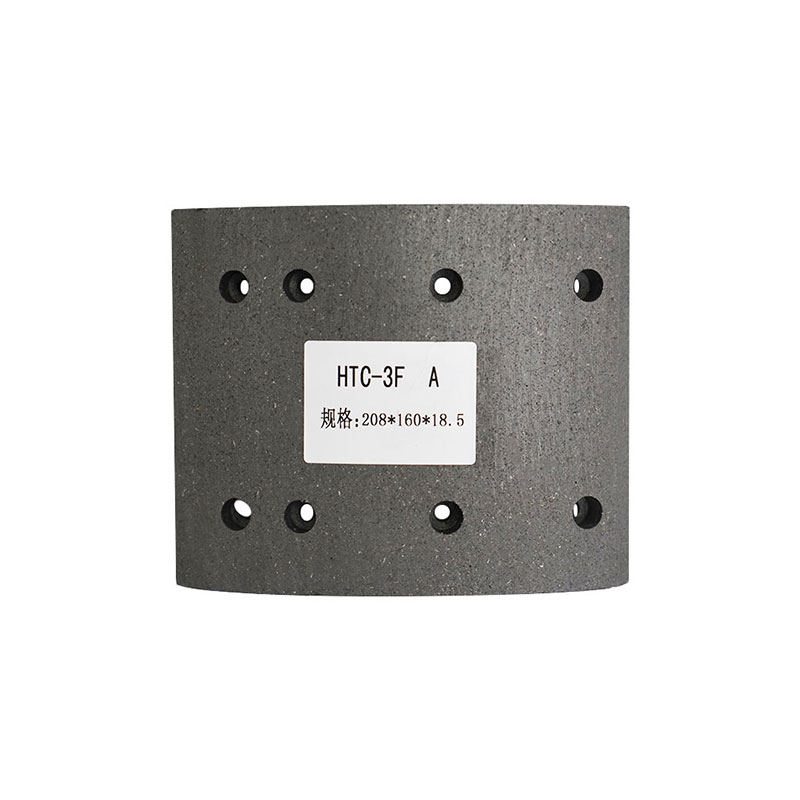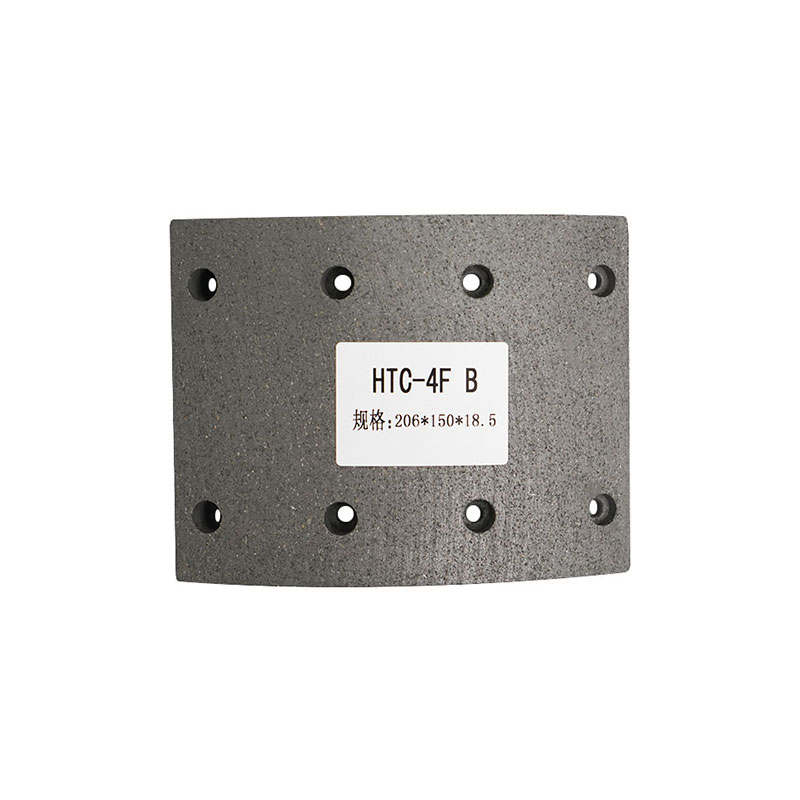In the world of automotive technology, the braking system plays a vital role, directly impacting driving safety and serving as an indispensable part of any vehicle. Among the many braking technologies, the brake drum and disc brake are two major types. Although their goal is the same—to slow down or stop a vehicle—their working principles, performance characteristics, and ideal applications are quite different. This article will provide an in-depth analysis of the pros and cons of these two braking systems, helping you gain a more comprehensive understanding.
Brake Drum
The brake drum, also known as a drum brake, brake cylinder, brake hub, or drum-type brake, is a time-tested and widely used braking technology. Its core components are a rotating drum-shaped metal shell with two curved brake shoes inside.
How It Works When the driver presses the brake pedal, hydraulic fluid is forced from the master cylinder into the wheel cylinders, which push the brake shoes outward. The shoes then press firmly against the inner wall of the rotating brake drum. The friction generated by this contact creates the resistance that slows the vehicle down.
Advantages
-
Lower Cost: Due to its relatively simple structure, the manufacturing cost is lower, making it widely used in economy cars and commercial vehicles.
-
Self-Energizing Effect: During braking, the friction between the shoes and the drum creates a "self-energizing" effect, which amplifies the braking force and achieves higher braking efficiency.
-
Effective Parking Brake: Drum brakes are typically used on the rear wheels, and their internal structure is very suitable for use as a parking brake (handbrake).
Disadvantages
-
Poor Heat Dissipation: The brake drum is a closed structure, making it difficult for the heat generated during braking to dissipate. This can lead to a phenomenon known as "brake fade," where the braking performance significantly deteriorates under prolonged or high-intensity braking.
-
Slower Response Time: Compared to disc brakes, drum brakes have a slightly slower response time and are more prone to deformation during braking, leading to inconsistent braking performance.
-
Inconvenient Maintenance: To replace brake shoes or perform internal maintenance, the entire brake drum must be removed, which is a more complex operation.

Disc Brake
The disc brake is the dominant braking system in modern cars, especially on the front wheels of performance vehicles and sedans. Its core components are a metal brake disc that rotates with the wheel and a brake caliper fixed to the vehicle.
How It Works When the driver presses the brake pedal, hydraulic fluid pushes the pistons inside the caliper, causing the brake pads to clamp down on the rotating brake disc. The strong friction between the pads and the disc then slows the vehicle down.
Advantages
-
Excellent Heat Dissipation: The brake disc is fully exposed to the air, allowing for excellent heat dissipation. This effectively prevents "brake fade," ensuring stable braking performance even during long descents or emergency stops.
-
Quick Response: The simple and direct structure of the disc brake provides a more precise and linear braking feel, giving the driver more accurate control over the braking force.
-
Good Water Evacuation: Due to their open structure, disc brakes quickly shed water in rainy conditions, ensuring that braking performance is not compromised.
-
Easy Maintenance: Replacing brake pads is very straightforward and does not require disassembling many parts, saving significant time and cost.
Disadvantages
-
Higher Cost: The manufacturing cost of disc brakes is generally higher than that of drum brakes, especially for high-performance calipers with multiple pistons.
-
Less Friction: Because they lack the self-energizing effect, disc brakes require greater clamping force to achieve the same braking force as drum brakes, necessitating a higher-pressure hydraulic system.
Summary and Outlook
Today, most vehicles on the market use a front-disc, rear-drum braking system setup. This is a smart choice that balances cost and performance: the front wheels handle most of the braking force, so they need the better heat dissipation and quicker response of disc brakes. The rear wheels have a smaller braking force requirement and also need a parking brake function, making the lower-cost drum brake with its effective parking performance an ideal fit.
As technology continues to advance, full disc braking systems are becoming standard on more vehicle models, especially electric and high-end cars. At the same time, the use of high-performance materials like carbon-ceramic brake discs is further pushing the limits of braking system performance.
Whether it's a brake drum or a disc brake, both play an irreplaceable role in their respective applications. Understanding their differences not only helps us appreciate our cars better but also encourages us to drive more safely, ensuring that every stop is precise and reliable.

 English
English 中文简体
中文简体

